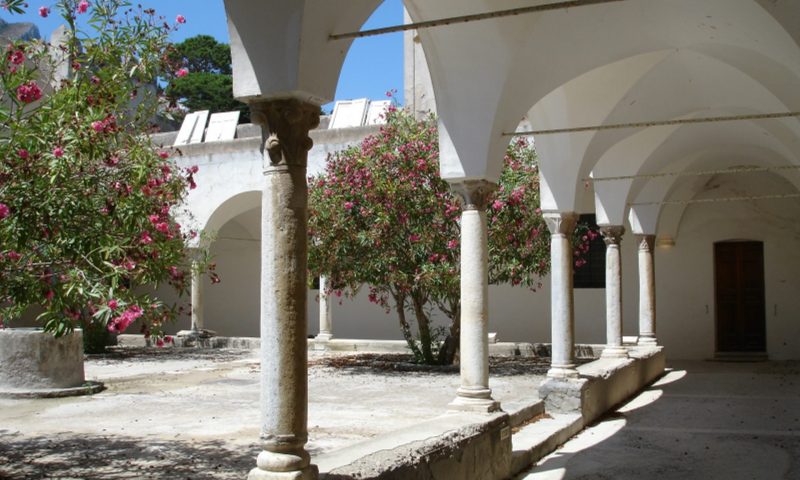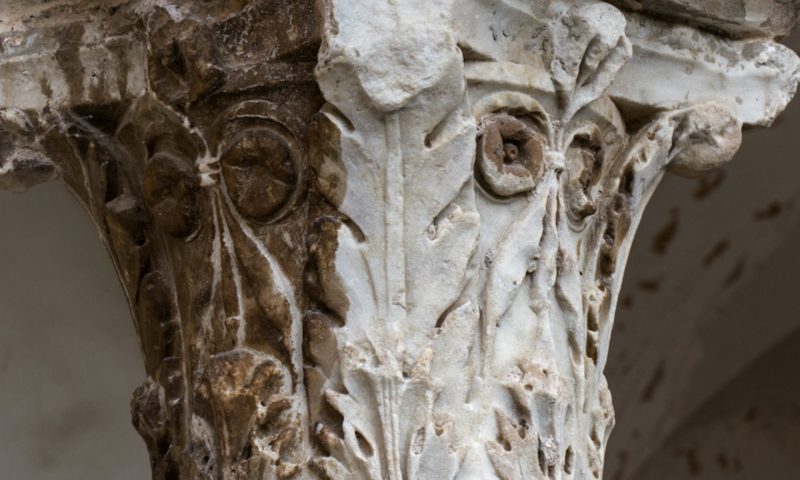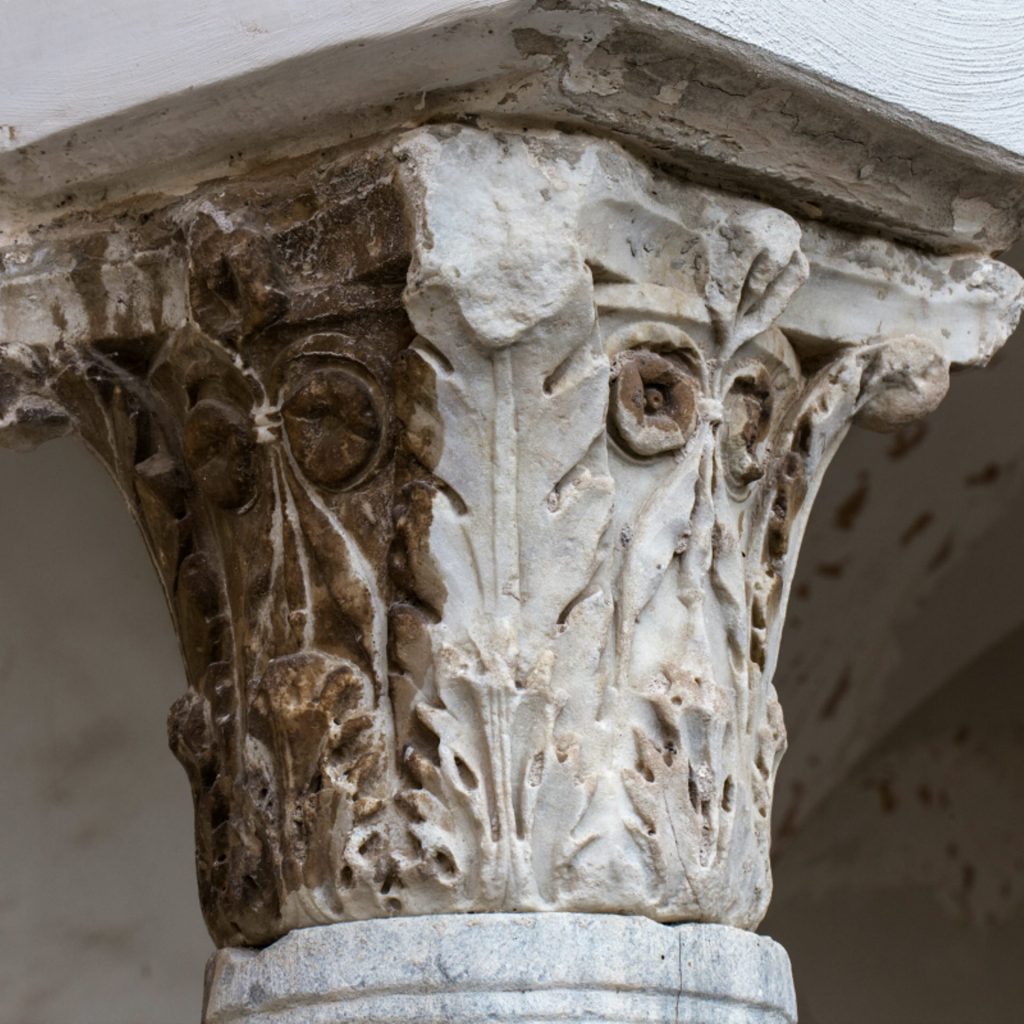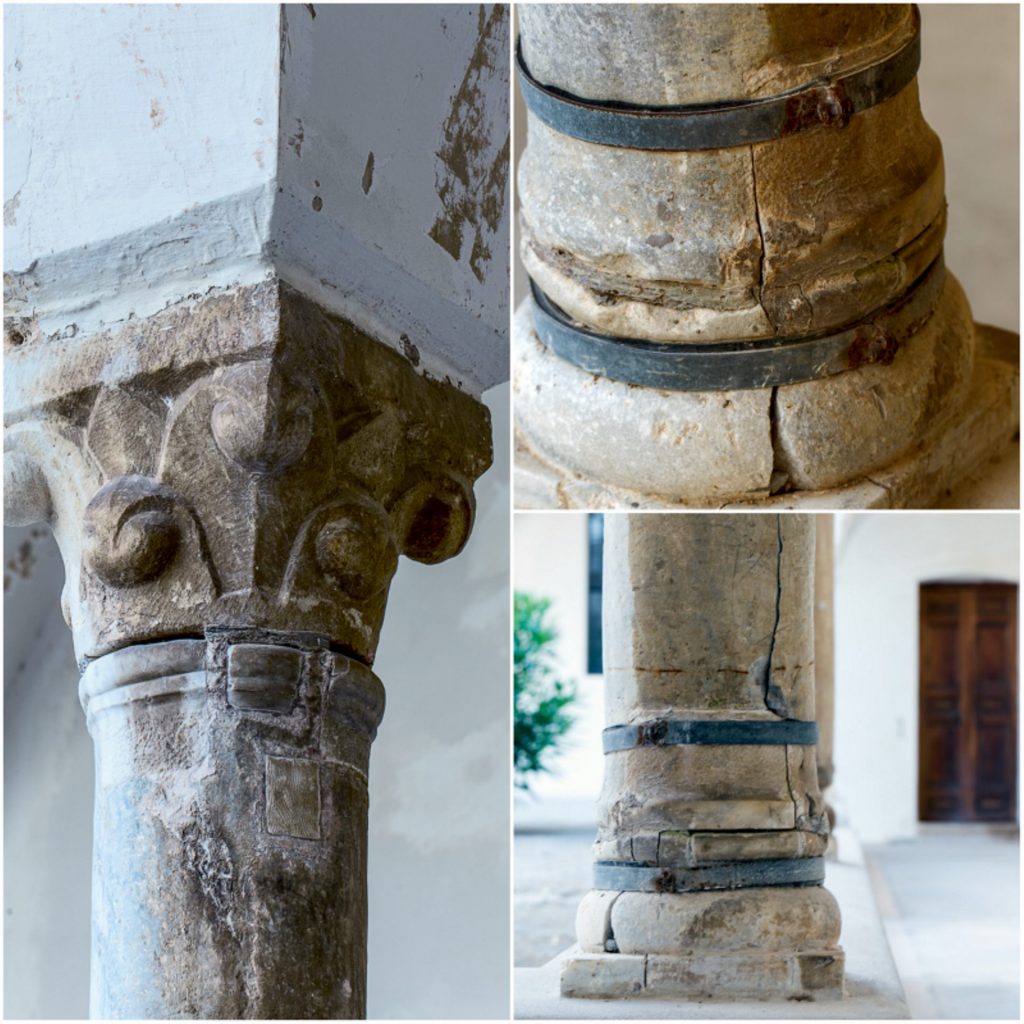The Certosa of Capri
Known to locals as “La Certosa”, the Charterhouse of Saint James is a medieval monastery on the island of Capri. It has survived seven centuries of pirates, wars, plagues and monastic suppression to embrace a new role today as the cultural heart of this world famous island. Now the future of this 14th century masterpiece is threatened and a restoration intervention is urgently needed.
Island of Capri
Italy
Campaign closed.
Thanks for you support!
We collected:
15.340,00€
82% of 18.725,00€
THE JEWEL ATOP THE CLIFF
Known to locals as “La Certosa”, the Charterhouse of Saint James is a medieval monastery on the island of Capri. It has survived seven centuries of pirates, wars, plagues and monastic suppression to embrace a new role today as the cultural heart of this world famous island. Now the future of this 14th century masterpiece is threatened and a restoration intervention is urgently needed.
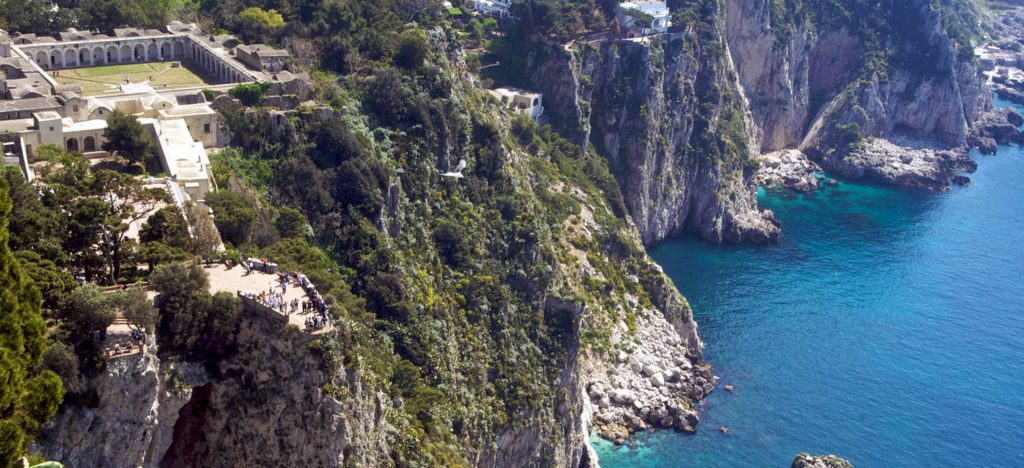
One of the oldest documented historic buildings on the isle of Capri, La Certosa sits majestically atop a cliff overlooking the Mediterranean Sea and the famous Faraglioni rocks. The complex comprises many buildings and open spaces including the Church, Refectory, Canonica, Small Cloister, Large Cloister, the Prior’s Quarters and several splendid gardens.
For centuries, the monastery served as the island’s apothecary, hospital and spiritual center. Today, it belongs to the Italian State and is open to the public, functioning as a library and museum and providing a venue for concerts, art exhibits and conferences.
THE CRITICAL STATE OF THE SMALL CLOISTER
Considered one of the most important architectural and artistic treasures of the Campania region, the elegant and intimate Small Cloister dates to the foundation of the Certosa (1371-1374), making it one of the oldest parts of the complex. The arches of the cloister are supported by 18 ancient marble columns, the foundation of the complex. Over the centuries, many have cracked, leaving them in imminent danger of collapse. A restoration intervention is urgently required. Without it, the survival of the Small Cloister is threatened and the population of Capri is risk of losing a monument that is as closely identified with the island as is the sea.
The columns have undergone a number of previous restoration processes, none of which has proved sustainable (above left). Metal rods were inserted into a number of them as reinforcement and to support the weight of the arches, but as these corroded the marble began to crack. Some have been fitted with metal brackets around the base to hold them together. Given the critical state of the columns, the Director of the Certosa, Dr. Patrizia Di Maggio, has identified their restoration as urgent now.
The layout of the Small Cloister follows the architectural guidelines of St. Bruno, founder of the Carthusian order. Its columns, in white marble sequestered from the Imperial era, feature capitals of many different styles. Some date to the 1st century AD like the Corinthian capital (above right) which was probably taken from an imperial villa on the island. Others date to the Middle Ages (12th-14th centuries) with those featuring smooth leaves and large corner arches probably earlier (12th century) than those in the white marble crochet style popular in Italy between the 13th and 14th centuries. Their history and age make them totally irreplaceable and this necessary restoration work will ensure that they survive for centuries to come.
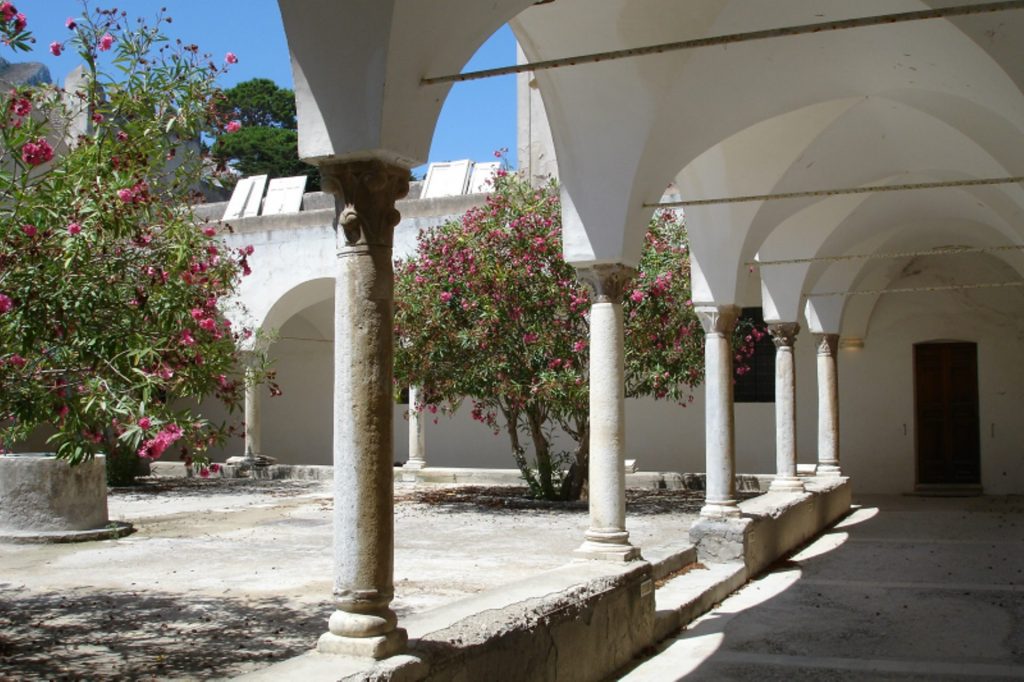
ADOPT A COLUMN
The restoration project begins with the work of diagnostic technicians who will investigate the exact internal state of each column, using non-invasive methods like radiography. Each column in turn will then be dismantled, restored and put back in place. The restoration will be carried out in four phases, one for each side of the portico of the small cloister. This first phase focusses on the five columns which have been identified as the most at risk.
Support the Certosa and Adopt a Column
THE GOAL
The goal to reach for the campaign for the first phase to restore the first five columns is €18,725: The costs of the restoration work amount to €15,895 (22% VAT incl.) plus 6% for platform operation costs, 3% credit card commission, communication material and the management of the campaign.
THE CERTOSA THROUGH TIME
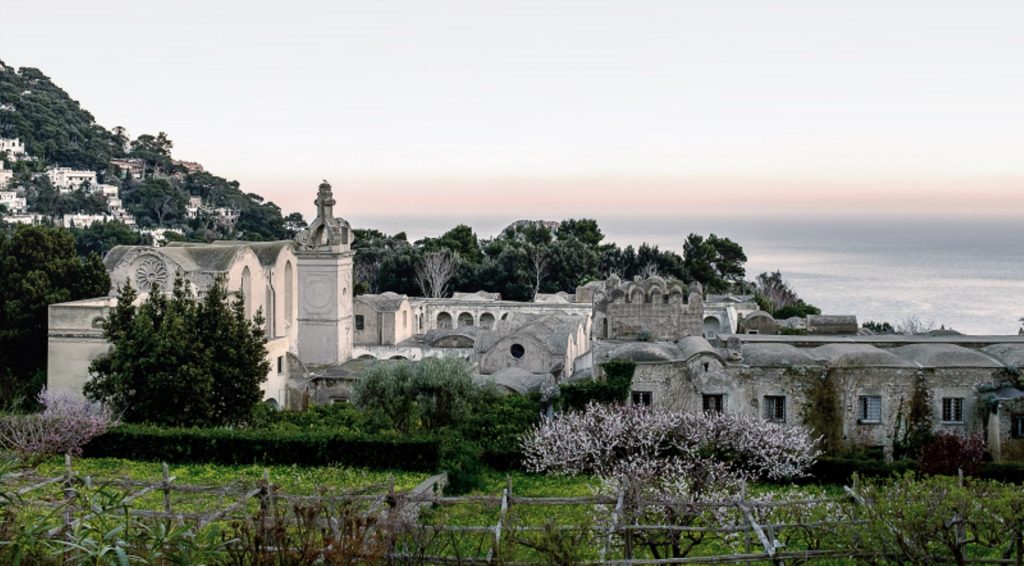
Enjoying the royal patronage of Joanna I of Anjou, the “notorious” Queen of Naples, the Certosa was founded in 1371-74 by her secretary and Grand Chamberlain, Count Giacomo Arcucci, a nobleman of Capri. The Certosa’s history of political intrigue, centuries of misdeeds, pirate raids, pillaging, devastation from disease and military invasion reads like the script of a Netflix production. Sacked in 1553 by hordes of marauding Turkish pirates, following earlier incursions by the corsairs Kair-ed-ddin and Mustafà Bassà, it was repaired in 1563 and a second, larger cloister and a defensive tower were added. In 1656 an epidemic of plague devasted Capri and decimated the island’s population. Later, in 1808, the island was invaded by the armies of Joseph Bonaparte who, in true Napoleonic style, put an end to monastic life at the Certosa, banishing the monks from the island forever. In the years that followed, the Certosa fell into decline, being used for a variety of secular purposes including a jail (1815), a hospital, an army barracks (1860) and a military prison (1871-1901). It was subsequently converted for use as a school, library and museum.
This campaign is promoted by:

Friends of the Certosa di Capri, a group of charitable organizations based in Italy, the USA, the UK and Canada that fundraises for the restoration, maintenance and support of the Certosa and its programmes. Since the Friends’ foundation in 2006, the association has financed a number of important projects and is working closely with LoveItaly to support the restoration of the columns of the Small Cloister.
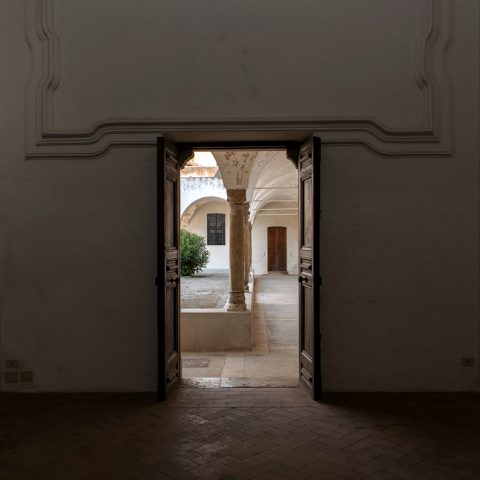 All photos © Raffaele Mastroianni
All photos © Raffaele Mastroianni



